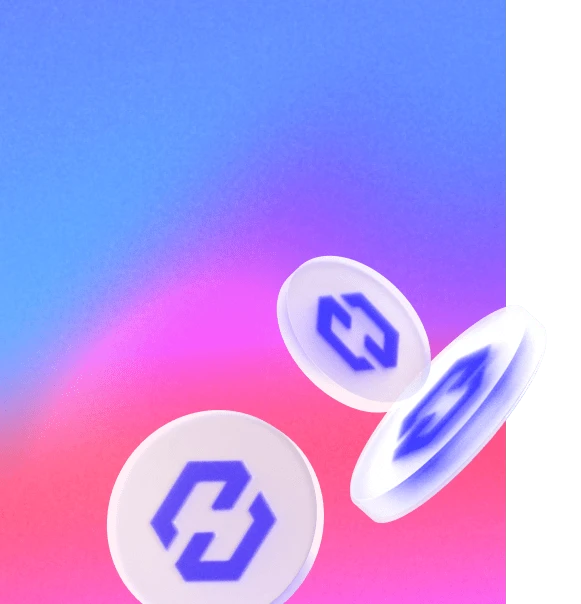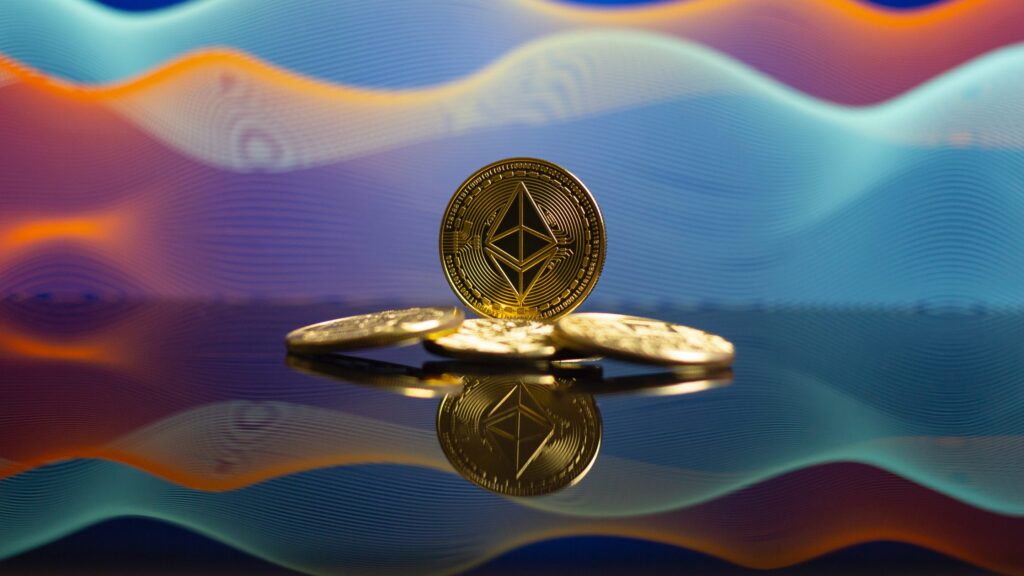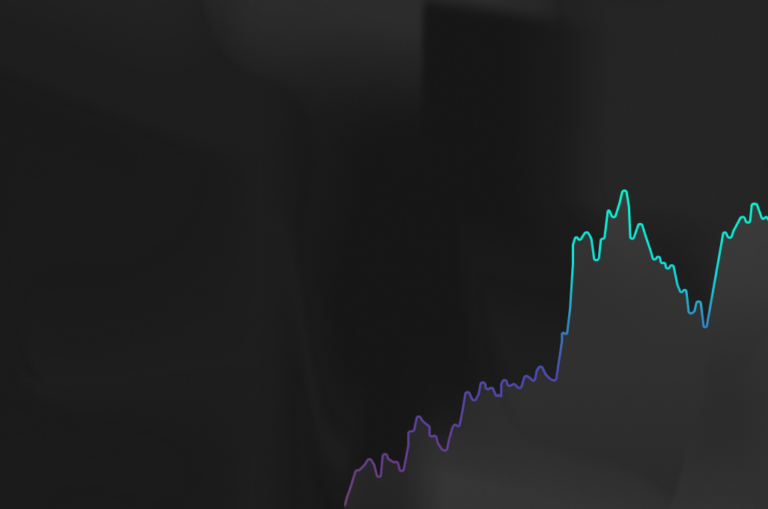Technology
Ethereum’s main testnet set for proof-of-stake merge in early June
The largest Ethereum public testnet, Ropsten, is set to go through “the merge” as one of the final preparations for the switch to proof-of-stake. It is expected to take place on June 8. “Merging Ropsten is a huge testing milestone towards Ethereum’s mainnet merge later this year” said Preston Van Loon, an Ethereum core developer. Sassano estimated that the merge on mainnet could happen as early as August but stressed that this is his own guess and no official timeline has been presented.
Ethereum’s Proof of Stake: a centralization risk
Lido, Coinbase, Kraken and Binance, the four largest validator node operators on Ethereum’s PoS Beacon Chain, have amassed a 54% share of all ETH staking activity, according to Nansen. Lido’s dominance, by virtue of controlling roughly 33% of total ETH staked on Ethereum’s PoS blockchain, has raised centralization worries in relation to Ethereum’s long-term health and security. Furthermore, the top 100 holders of LDO, the governance token for the Lido DAO, possess 93.1% of the entire LDO supply, according to data from Etherscan.
fUSD stablecoin launch and rumors of Cronje’s return send Fantom (FTM) price higher
fUSD will be an overcollateralized stablecoin that comes out right after the UST collapses and looks to capture some of the capital flight from UST. It will be mintable using the tokens of the main protocols on Fantom such as FTM, BOO, BEETS, or LQDR. USDC, USDT and DAI are also on the list. A handful of recent protocol updates and new partnerships have also helped bring a boost in momentum to Fantom, including the launch of Snapsync, which allows new nodes to quickly join the network.
Banks and Institutions
ECB’s Lagarde says while crypto has no worth, she would back digital euro
Christine Lagarde said that while crypto assets have no value, she would “guarantee” a digital euro because the ECB would stand behind it. She says that “it is worth nothing” and “is based on nothing” since it has “no underlying asset to act as an anchor of safety.” Still, a digital euro would be different, Lagarde said. “The day when we have the central bank digital currency, any digital euro, […] the central bank will be behind it.”
Ecosystem
USDC hasn’t ‘flippened’ USDT but trader stablecoin preferences are changing
LUNA and UST’s collapse is still reverberating through the broader crypto market. Bitcoin has fallen significantly in recent months and is now seemingly stuck around the $29,000 to $30,000 mark. There is an inverse relationship between issuances of USDT and USDC as well as BUSD. USDT are exiting circulation via redemption for cash while more USDC and BUSD are being issued because of demand.
eBay launches sports NFT collection via partnership with Tezos-powered platform OneOf
eBay announced Monday that it will sell NFTs through a partnership with the OneOf, an NFT platform specializing in selling music, sports and lifestyle digital assets. The firm intends to release more NFT collections of high-profile athletes throughout 2022. OneOf is built on the Tezos and Polygon blockchains.
One in ten households has invested in cryptocurrencies, says ECB
About one in ten EU households has already invested in crypto-currencies. High-income households are more likely to own crypto-currencies but low-income households also own crypto-currencies and in a higher proportion than middle-income households. The profile of the typical investor is a young man with a high level of education and knowledge of the financial sphere.
Warning institutional demand is forcing high-yield crypto accounts to slash rates
Declining institutional demand to borrow crypto is diminishing the ability of platforms like Ledn and BlockFi to offer customers tempting returns on their investments. There are fewer arbitrage opportunities across crypto exchanges, affecting demand from market makers. Also, institutional traders find it easier to profit when the price of futures contracts is higher than the current spot price. This allows them to buy crypto on spot while simultaneously taking a short position through options or futures.
Figures
- Bored Ape Yacht Club floor price has fallen 50% in dollar terms this month
- Largest difficulty drop since July 2021
- Federal Reserve reveals 12% of U.S. adults own crypto


























